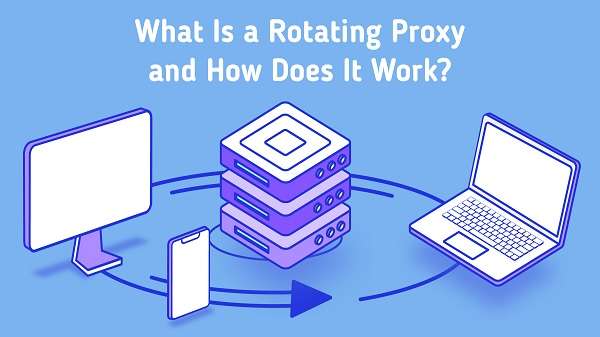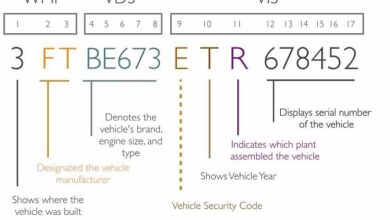
A rotating proxy server is a type of proxy server that rotates IP addresses used by the clients. This helps to protect the privacy and anonymity of users when they are browsing the web. It also helps to reduce the chances of being blocked or detected by websites or online services.
Rotating proxy servers work by providing each user with a different IP address for each request they make. This ensures that the user’s identity and activities remain hidden from prying eyes, and it also prevents websites from blocking requests from specific IP addresses. By using a rotating proxy server, users can browse anonymously, bypass geo-restrictions, and access content that would otherwise be blocked in their country or region.
Benefits of Using a Rotating Proxy Service for Improved Online Security & Privacy
Rotating proxy services provide users with a secure and anonymous browsing experience online. One of the rotating proxy providers is proxy-seller.com, as for an example. By using a rotating proxy service, users can change their IP address regularly and access the web from different locations, making it difficult for malicious actors to track their online activities. This is especially beneficial for individuals who wish to remain anonymous while browsing the web or accessing restricted content. A rotating proxy service also ensures improved security by providing users with an ever-changing list of private proxies which are not easily detectable or blocked by firewalls. With this service, users can enjoy anonymous web browsing without worrying about their data being exposed or tracked by third parties.
How to Choose the Right Rotating Proxies Provider to Fit Your Needs
Choosing the right rotating proxies provider can be a daunting task. There are many different providers available, each offering a variety of features and services. It’s important to understand what you need in order to make the best decision for your business. In this article, we will discuss how to compare proxy providers, the benefits of using a private proxy server list, and how to find the best rotating proxies provider that fits your needs. We will also discuss some of the common features offered by proxy providers and what you should look for when selecting one. By understanding these factors, you will be able to select the right proxy service provider that meets your requirements and helps you achieve success online.
Common Misconceptions about Rotating Proxies You Should Know About
Rotating proxies are an essential tool for businesses that need to access the web from multiple IP addresses. However, there are a lot of misconceptions about rotating proxies that can lead to costly mistakes. It is important to understand the difference between residential proxies vs datacenter proxies and the differences between shared and dedicated proxies before making any decisions about rotating proxy usage. Knowing these key differences can help you make better decisions when it comes to using rotating proxies for your business needs.
What are the Different Types of Rotating Proxies Available in The Market?
Proxying services are becoming increasingly popular as they offer users a secure and anonymous way to access the internet. Rotating proxies are a type of proxy that changes its IP address every time it is used, making it harder for websites to track your online activities.
There are two main types of rotating proxies available in the market: shared proxying service providers and dedicated rotating proxy service providers. Shared proxying services provide users with access to multiple IP addresses from different locations at once, while dedicated rotating proxy service providers offer users exclusive access to an individual IP address that rotates on a regular basis. Both types of proxies can be used for various use cases such as web scraping, data mining, and SEO monitoring.




